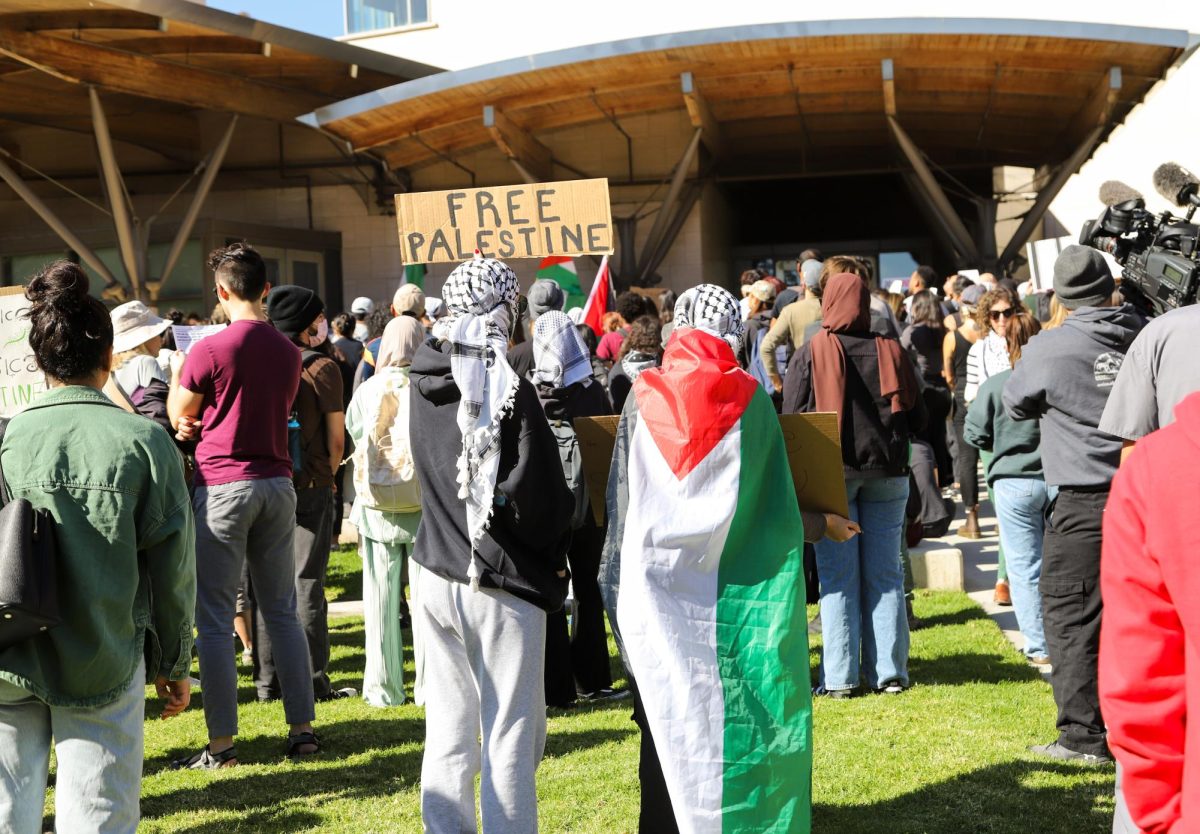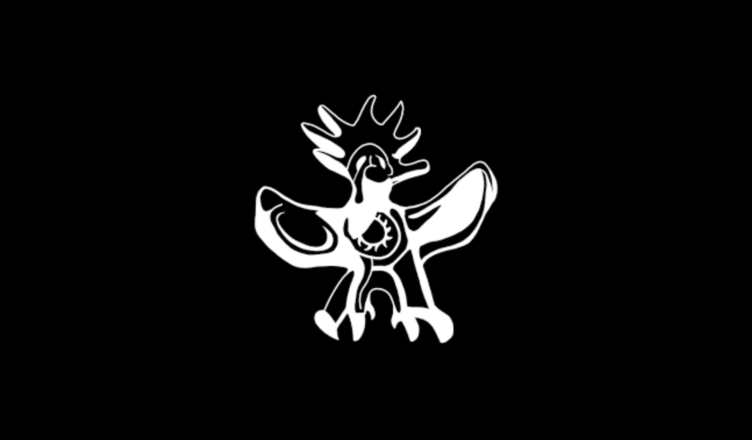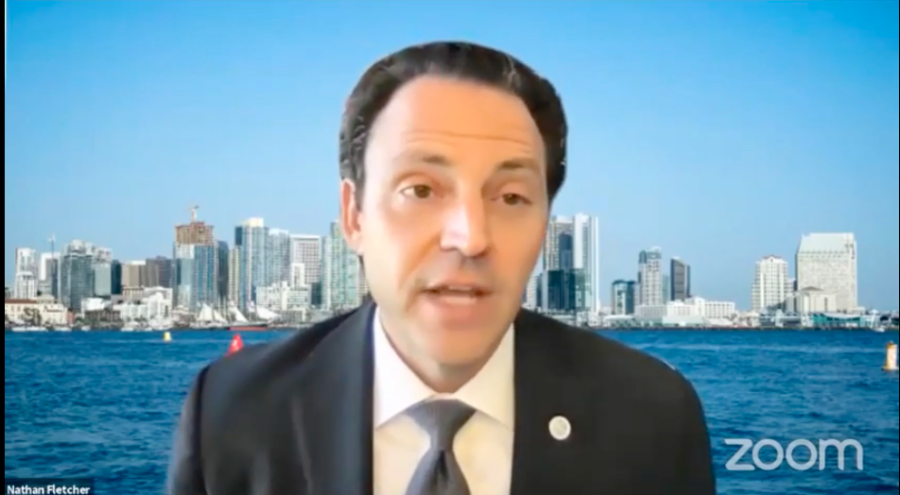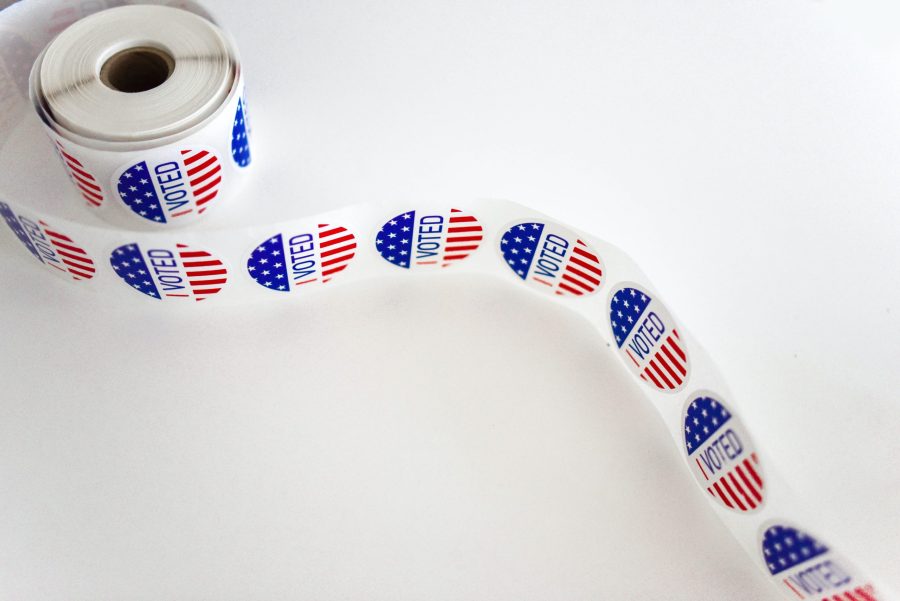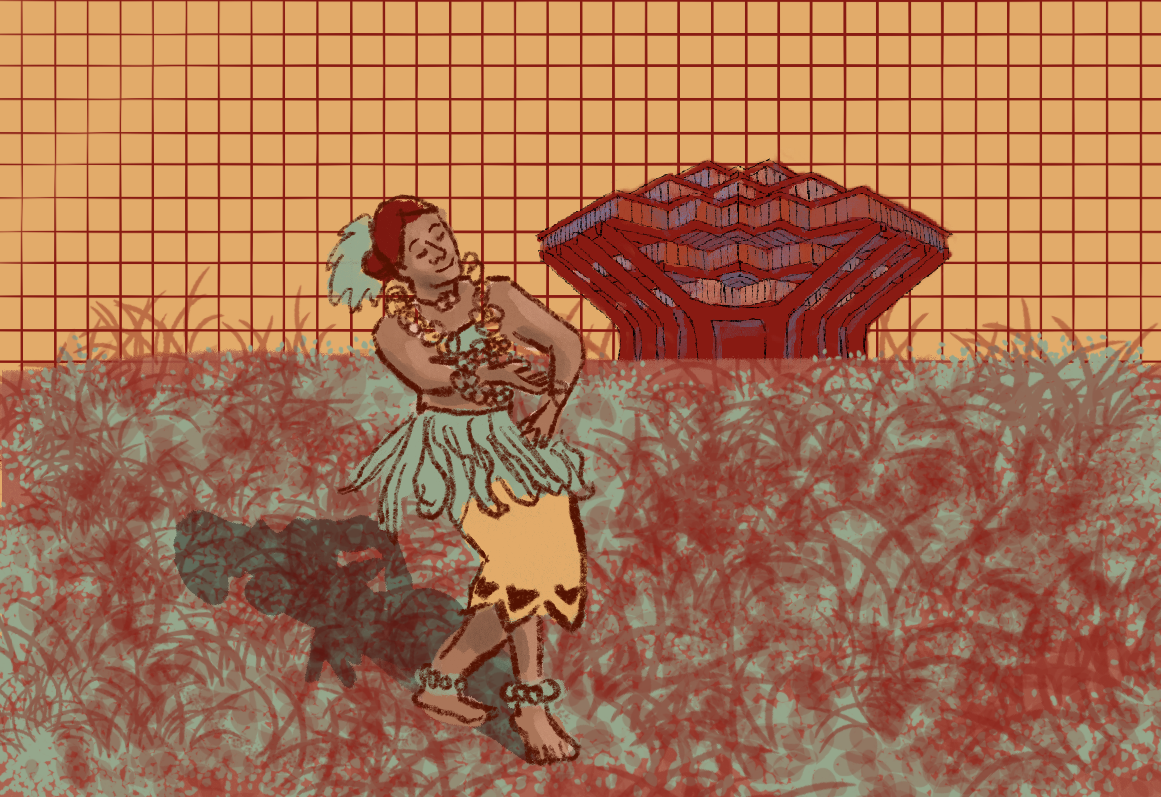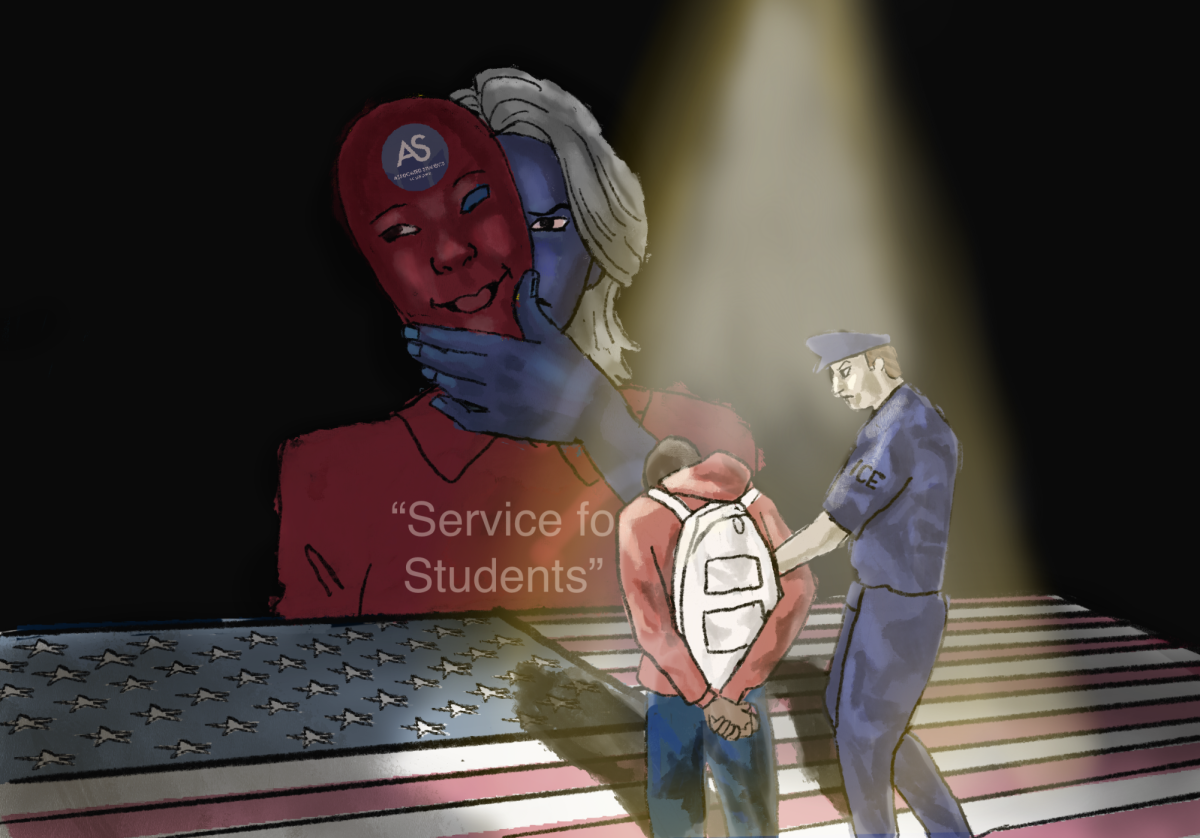As any student who commutes to campus or merely walks through a parking lot will notice, UCSD’s parking and transportation system is at maximum capacity. Last week, the UCSD Guardian reported that right before the beginning of the academic year, UCSD Transportation Services replaced 32 “S” spots with “B” spots in the Revelle College parking lot — a trend that students have been noticing around campus since last year.
While Transportation Services has in some cases added new “S” spots to compensate for those that they replaced with “B” spots, these spots are often located in relatively obscure locations, such as along Expedition Way near the Scripps Institution of Oceanography or in a parking lot across from the Salk Institute. This comes at a time when “A” spots are being added, despite the average availability of “A” spots per garage outnumbering that of “S” spots. On top of this, students who commute to campus by car must resort to extreme measures to find parking spaces, such as arriving hours before their first class or purchasing “B” passes from graduate students. Alternatively, some students park their cars in time-limited spots off campus like La Jolla Shores Drive and return two hours later to resume the search for parking. With such a severe lack of on-campus parking for undergraduates, one would expect the campus administration to have a concrete policy in place to resolve this issue. The most that the administration is willing to do, however, is simply “encourage” staff and faculty to use public transportation instead and provide them with rides in SmartCars around campus.
Long forgotten by many is the university’s once-cherished Bus Zone program, which provided bus passes to UCSD students and staff free of charge for 45 years. The university used the money from parking passes, citations and visitor tickets to finance annual bus passes for faculty and staff, prompting many university employees to use public transportation rather than commuting to campus by car. In November 2014, however, Chancellor Khosla allowed for the cancellation of the Bus Zone program in a bid to save money. By bringing back the Bus Zone program, many university workers would return to riding public transportation as they had before the program’s end. This would, in turn, decrease demand for “A” and “B” parking permits, which would allow the parking office to increase the number of “S” spots, or at the very least return those that have been painted over to their original designations.
Students spend hundreds of dollars on parking permits every academic year, in addition to the cost of tuition and countless other fees required to attend UCSD, and the fact that many are not able to access the spaces that they pay for is exasperating. The university owes it to its students to provide the spaces that they pay for.
By reimplementing the Bus Zone program, additionally, the university would be putting its money where its mouth is when it comes to encouraging staff and faculty to ride public transportation to free up spaces. All in all, it would serve as an extremely intelligent decision by helping UCSD administration to meet the environmental goals it claims to surpass. As it stands, there are no incentives for university employees to use MTS. If anything, the current state of UCSD transportation is such that workers are unlikely to subject themselves to riding buses and shuttles without some sort of financial gain. The shuttle routes change regularly, bus stops have lines of 40 or more students and shuttles are being canceled by Transportation Services. That being said, Transportation Services needs to also focus on improving the shuttles and buses, no matter what happens with the Bus Zone program. UCSD’s public transportation does nothing to help with the parking situation because it is becoming so inconvenient that it is no longer a better option than driving around searching for parking. By fixing the issues with the shuttles and buses, it is possible that more students and employees will be compelled to leave their cars at home. The current plan to reduce parking congestion is impractical and appears to be a patchwork rather than a real solution. If university administration cares about actually providing parking for students by convincing faculty and staff to use public transit, they should should restore the Bus Zone program program so parking on campus becomes a less attractive option for commuters.
While it would cost the university a significant amount of money to fund the Bus Zone program, UCSD Parking and Transportation was able to finance the yearly bus passes for 45 years prior. With the revenue from parking passes, citations and visitor tickets, the office could once again pay for the program. The goal of the university should not be to collect as much money as possible from the various fees students pay. Instead, the university should strive to provide good services that improve the education and lives of all who attend. In reinstating the Bus Zone program, the parking officials would do just that, reducing the demand for “A” and “B” parking spaces and providing more “S” spots.
Correction: A previous version of this editorial misstated that Gilman Parking Structure would be closed during the construction of the UCSD Blue Line Trolley. It has since been updated to reflect that the structure will remain open.






